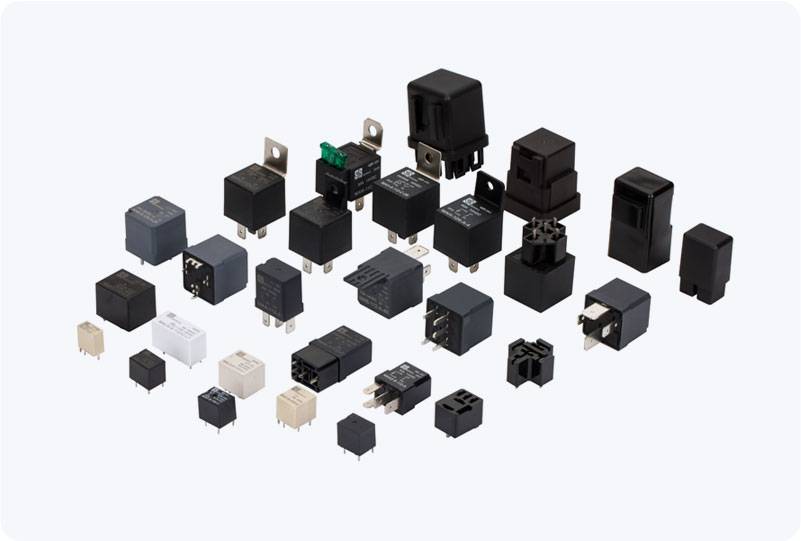In the automotive industry, relays play a crucial role in controlling electrical systems within a vehicle. From regulating the operation of lights to controlling motors and heating systems, relays are vital components for ensuring the smooth functioning of various electrical systems. However, one of the most demanding challenges for automotive relays is their ability to perform reliably in extreme temperature conditions. Automotive relays must be designed to operate efficiently across a wide range of temperatures, as vehicles are subject to varying and often harsh environmental conditions.

The Challenges of Extreme Temperatures Automobiles are exposed to extreme temperatures during their operation. On a hot summer day, the temperature under the vehicle’s hood can soar well above 100°C, while in cold climates, temperatures can drop well below freezing. Automotive relays are designed to endure these temperature extremes, but their reliability can be compromised if they are not built to withstand such conditions. In extremely high temperatures, components inside the relay may overheat, causing damage to the materials used in construction. This can result in component failure, such as coil burnout or insulation breakdown. On the other hand, extremely low temperatures can lead to thickened lubricants, frozen components, and contact failures. To ensure the relay’s ability to function properly, manufacturers must consider a wide range of temperature fluctuations and design relays that are resistant to both high and low extremes.